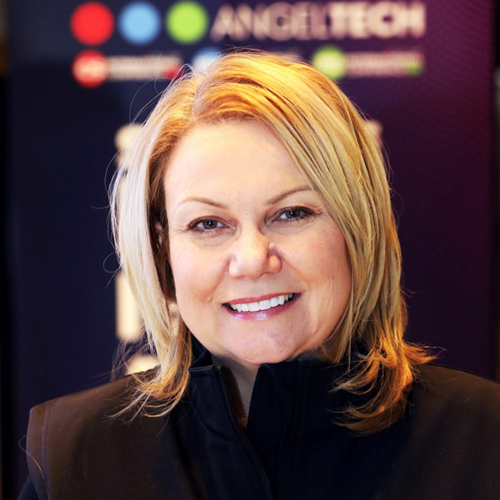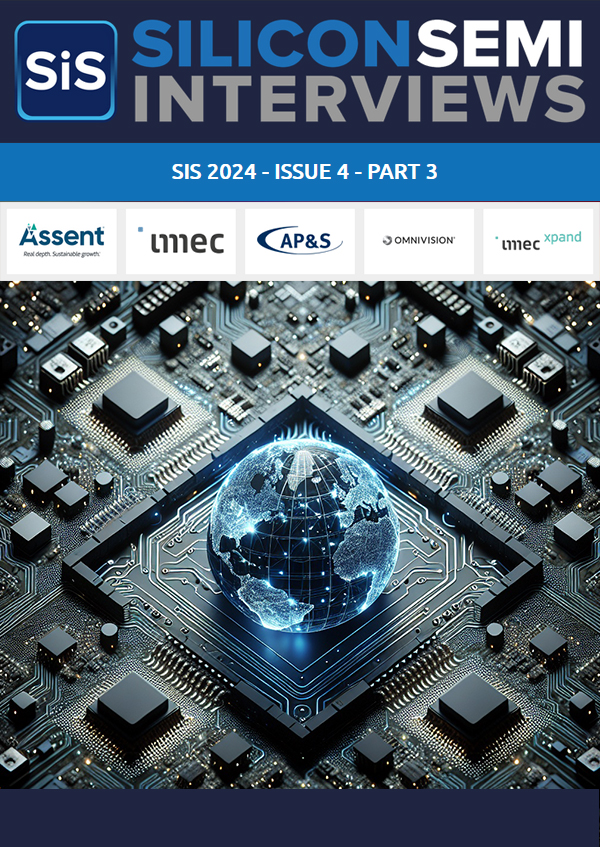
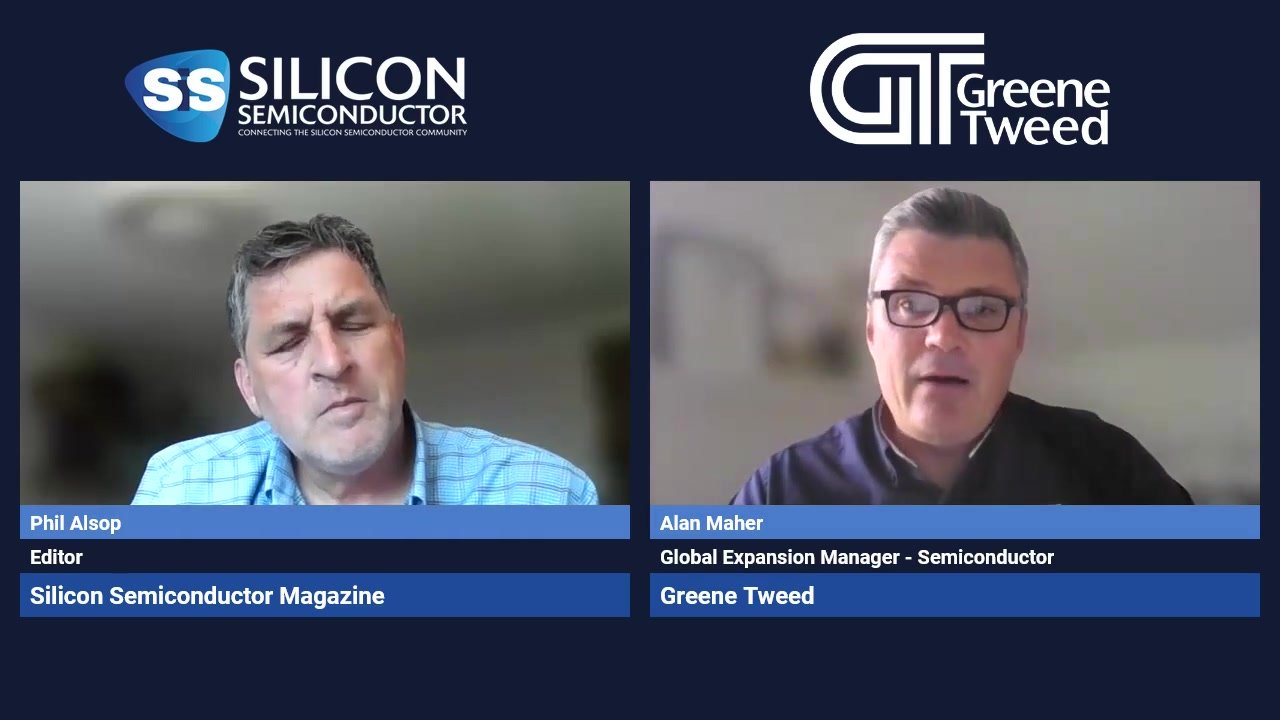
|
|
Alan Maher, Global Expansion Manager – Semiconductor, Greene Tweed, explains how the company is positioning itself to best serve the semiconductor industry’s anticipated expansion as it heads towards the $1 trillion, 2030 objective. A recently opened factory in Korea, innovative customer engagement plans for SEMICON West, a continued focus on materials and process innovation and work to address both the industry’s supply chain and sustainability challenges demonstrate Greene Tweed’s ongoing commitment to the sector.
|
|
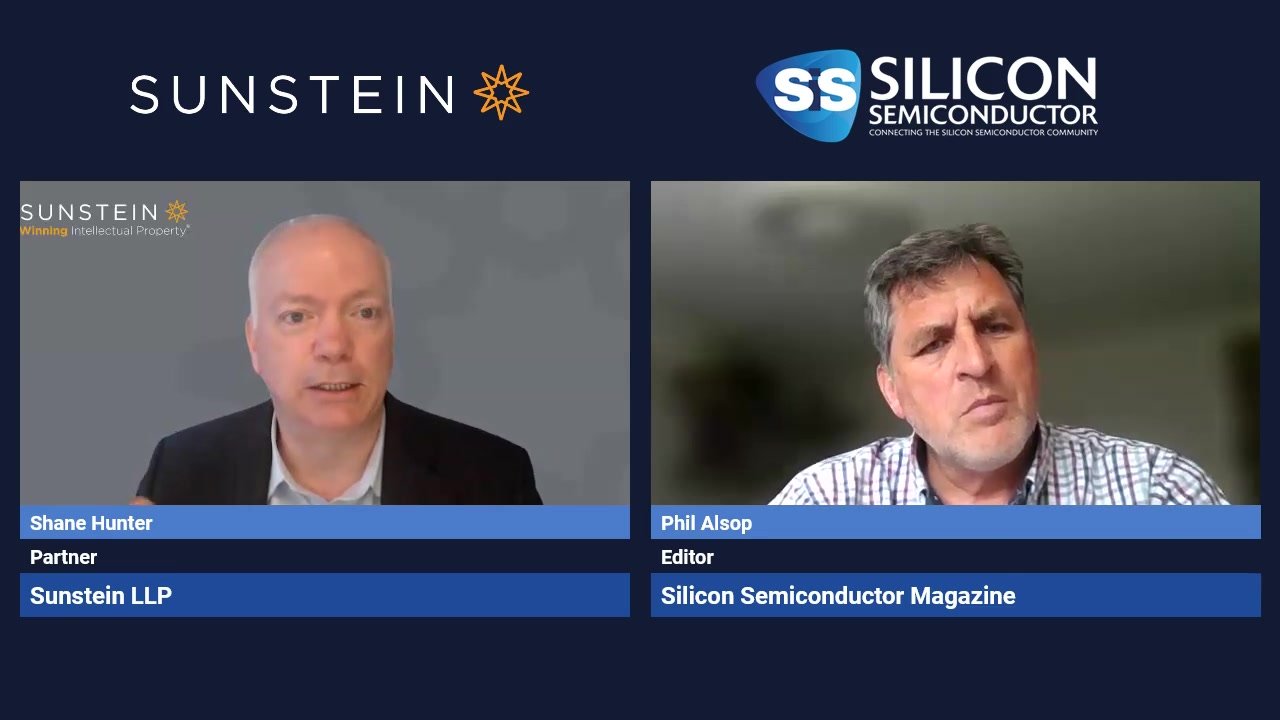
|
|
Sunstein LLP Partner Shane Hunter, who leads the firm’s Semiconductor & Microelectronics Group, discusses the implications of the US CHIPS and Science Act – with so much investment finance, technology innovation and potentially huge profits to be made, he explains just why it will be imperative for organisations operating in the semiconductors ecosystem, and often collaborating with one or multiple partners, to understand the importance of their intellectual property – how best to both leverage and protect it.
|
|
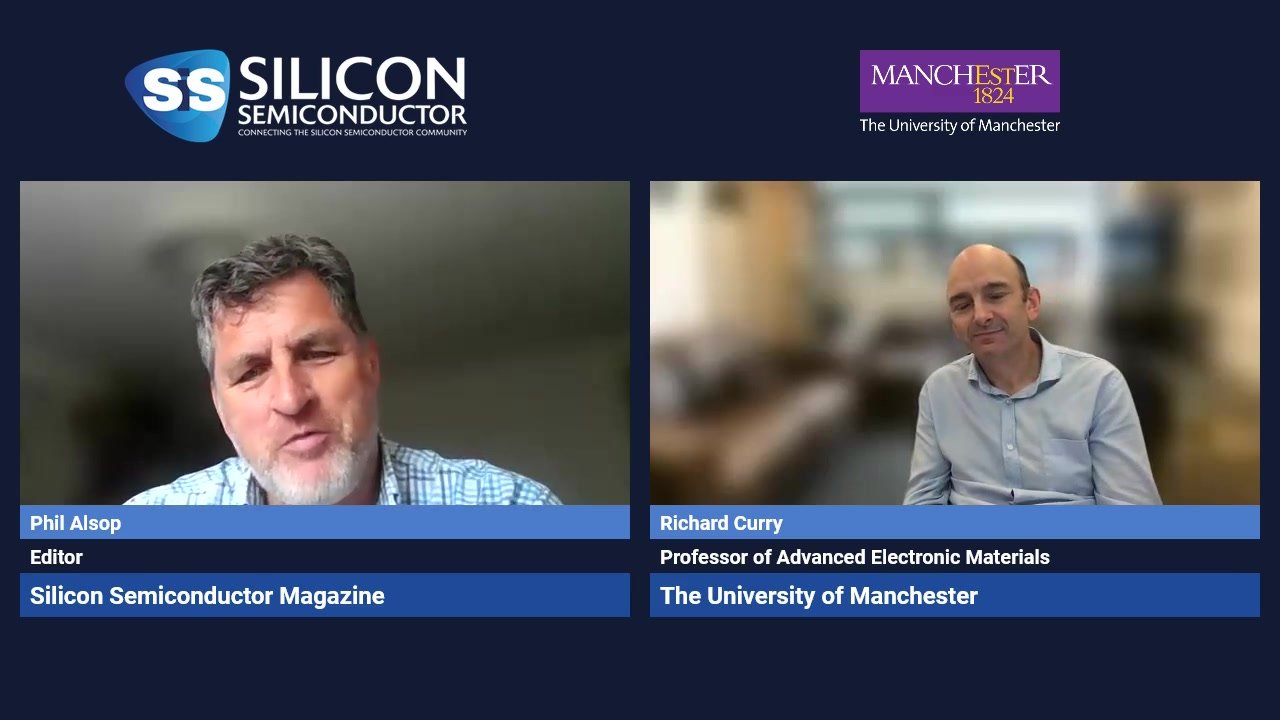
|
|
Richard Curry, Professor of Advanced Electronic Materials at The University of Manchester, explains how scientists at the university, in collaboration with the University of Melbourne in Australia, have produced an enhanced, ultra-pure form of silicon that allows construction of high-performance qubit devices and, in so doing, have created a critical ‘brick’ needed to construct a silicon-based quantum computer.
|
|

|
|
Dan Trojan, Axus Technology CEO, provides some fascinating insights into the ways in which the semiconductor industry is already addressing its sustainability responsibilities, along with some thoughts as to the work that lies ahead. Along the way, Dan provides some great examples as to how his company is able to use sustainability as a catalyst to innovation.
|
|
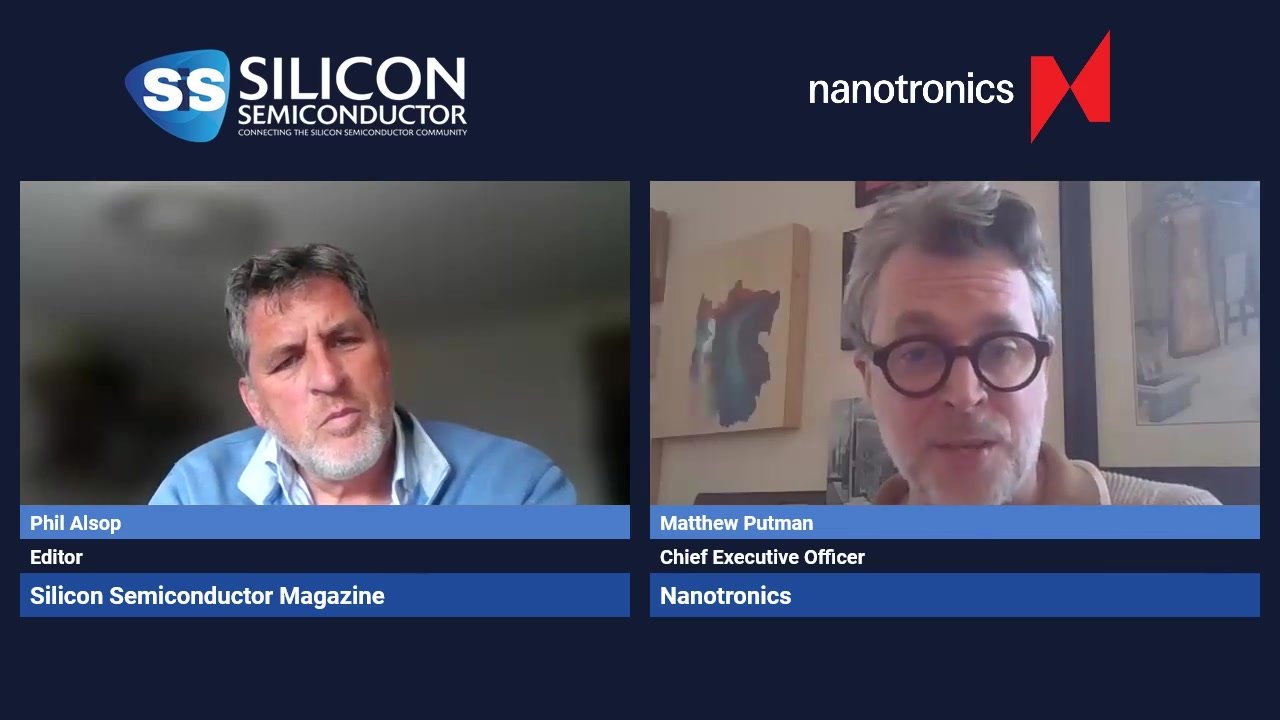
|
|
Matthew Putman, Chief Executive Officer, Nanotronics, discusses the recent launch of the company’s Gen V AI Model, the various nSpec solutions which use this new technology to help semiconductor fabs to implement novel and efficient production practices, and offers some more general thoughts as to the role of AI within the industry into the future.
|
|
|






.jpg)








